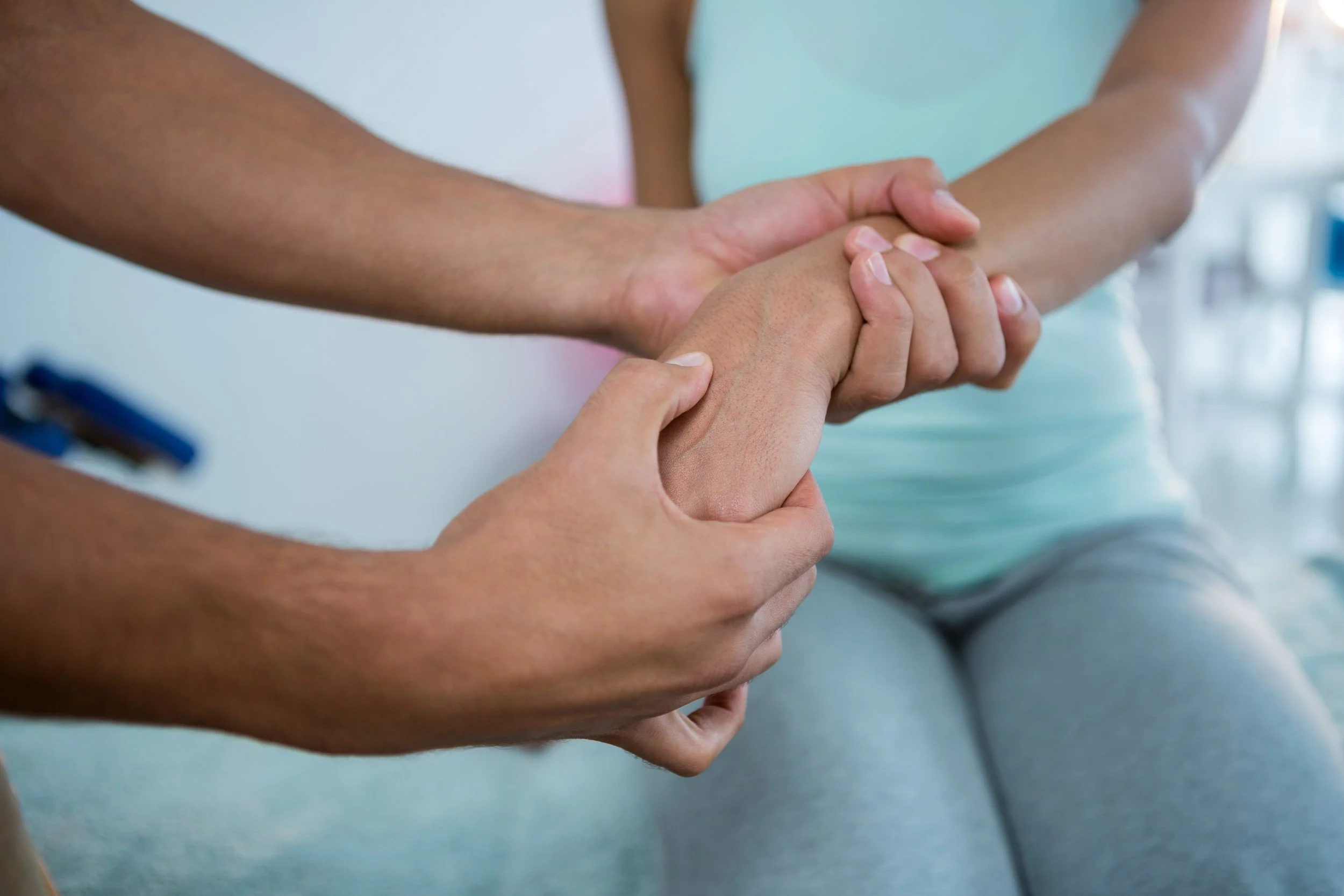The Easiest Way to De-Stress: Use Your Physiology
/Breathing is, fortunately, usually second nature. However, when we get flustered, our breath becomes short and shallow — and stress has nowhere to go but up.
In that flustered state, it’s easy to forget to be in the moment and, as they say, “just breathe.”
But if you pause for a moment and shift focus to your breath, or what's called breathing mindfully, wonderful mind/body effects start to happen almost immediately: The body’s relaxation response kicks in, heart rate slows, escalating emotions can level off, and things like blood pressure and heart rate start to ease back down into a healthier range.
Breathing mindfully is like an instant chill pill — minus the pill!
Mindful breathing helps relieve tension, restore energy, and reduce stress. It’s one of the fastest ways to combat the stresses of too-busy days.
Best of all, it's simple, effective, and can be done just about anywhere, at any time. For many people, though, the challenge isn't knowing when to breathe mindfully — most of us can feel stress rise — but how to do it on demand.
That's why I'm sharing my favorite breathing techniques, so you can train yourself to breathe mindfully wherever and whenever you need to.
Breathing 101: How to Tune into Your Frequency
If you’re new to the idea of mindful breathing, start by becoming aware of your breathing rhythms at different points throughout the day. You’ll start to notice the breath’s varying pace depending on what’s happening at a particular moment.
For example, if you’re upset, anxious, or you’re exercising, you’ll notice more rapid breathing. When you’re relaxed or falling off to sleep, you’ll notice breathing slows.
Once you’ve spent some time paying attention to your daily breathing rhythms, try practicing this simple form of awareness:
- Breathe shallowly and rapidly — and see how you feel.
- Then breathe deeply and slowly — and feel the difference.
- Breathe in and out, preferably through the nose, with the exhale lasting longer than the inhale.
As breaths come and go, they’ll teach you to let go and go with the flow. Remember, it’s not possible to control everything and be perfect — so “let it go” as you breathe with awareness.
The 3 Best Breathing Exercises To Soothe Your Body & Mind
1. "The Speedy Soother": A Basic Abdominal Breathing Exercise
- Find a quiet spot where you won’t be disturbed.
- Get into a relaxed position, either lying down or sitting up.
- Put your hands on your abdomen, close your mouth gently, touch your tongue to your upper palate, and breathe through your nose. If your nose is blocked for any particular reason, it's fine to breathe through your mouth.
- Inhale deeply and slowly into your abdomen rather than your chest, becoming aware of your diaphragm moving downward and your abdomen expanding. Your hands on your abdomen will feel the expansion like a balloon filling.
- At the end of the inhalation, don’t hold the breath; exhale slowly so that your abdomen falls automatically as you exhale.
- Try to get all the breath out of your lungs on the expiration. The expiration should normally be about twice as long as the inhalation when you're relaxed.
- Keep repeating this, keeping your focus on your hands rising on the abdomen with inhalation and falling as you exhale.
2. "The Tension Terminator": An Abdominal Breathing Exercise For Pain
- Find a comfortable position.
- Do 10 abdominal breaths.
- Then, imagine with your next inhalation that you're breathing into a tense area such as a tight neck, a strained lower back, your head, your buttocks, or wherever you may feel pain or tension.
- With the exhalation, let the tension go out of your nose along with the air.
- Keep repeating this until the pain or tension starts to ease.
3. "The Workday Wonder": A Quick, Do-Anywhere Breathing Exercise
- Place the tip of your tongue so that it’s touching the place where the back of your top teeth meet the roof of your mouth.
- Exhale completely, making a whooshing or sighing sound.
- Close your mouth and inhale through your nose for 4 counts, hold for 7, and exhale for 8 counts.
For more on the wonderful ways mindful breathing supports health and well-being, check out The 5 Healing Benefits of Breath.
Article originally on Mind Body Green and was written by by
Photo Credit: Stocksy











![Self-regulation “control [of oneself] by oneself"](https://images.squarespace-cdn.com/content/v1/55563e14e4b01769086817cb/1542845645966-PO2HGKF5JLUBM45UIWQ3/wee-lee-790761-unsplash.jpg)



















